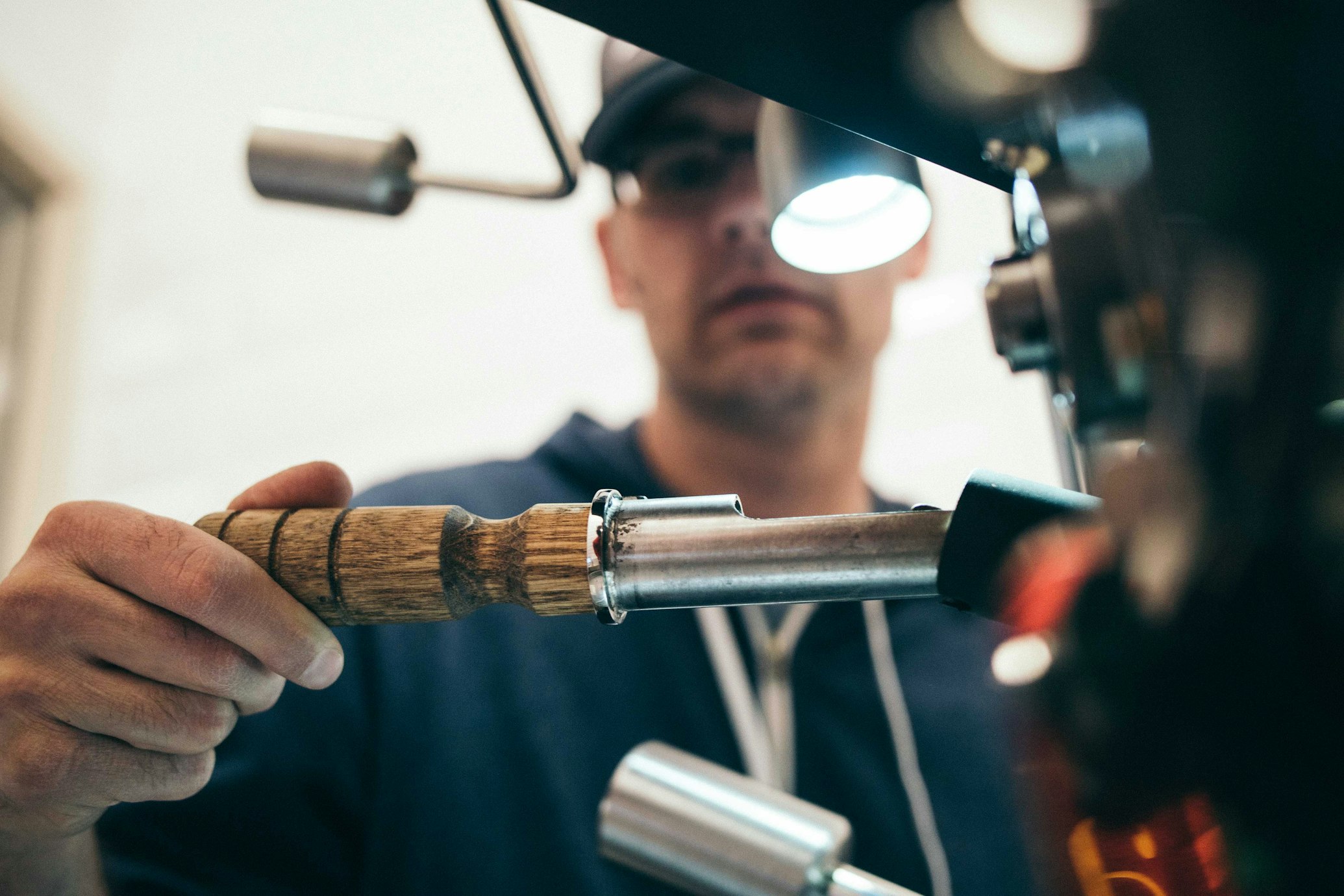The Silent War on Rust: How Science is Taming Corrosion
Discover how revolutionary materials and AI are transforming our fight against one of humanity's oldest and costliest enemies
The Hidden Battle
Imagine a world where bridges never rust, solar panels last for centuries, and your car's body remains showroom-perfect for decades. This isn't a distant dream—it's the future being built in laboratories today.
Scientists are waging a fascinating war against one of humanity's oldest and costliest enemies: corrosion. This silent destroyer claims an average of over a trillion dollars from the global economy every year, threatening everything from offshore oil platforms to everyday vehicles 7 .
Global Economic Impact of Corrosion
Intelligent Materials
Creating self-protecting surfaces that resist degradation
Harnessing Corrosion
Turning degradation into a creative process
AI Revolution
Using machine learning to predict and prevent failure
New Defenses: The Rise of Super-Protective Materials
The Plastic as Tough as Steel
In a breakthrough that sounds like science fiction, engineers at MIT have created a lightweight polymer film that is virtually impenetrable to gases 1 .
This material, known as 2DPA-1, isn't just slightly better than ordinary plastics—it's in an entirely different league, rivaling the impermeability of molecularly-perfect crystals like graphene.
"You could protect infrastructure such as bridges, buildings, rail lines—basically anything outside exposed to the elements. Automotive vehicles, aircraft and ocean vessels could also benefit."

Molecular Structure Comparison
Traditional Polymers
- Spaghetti-like tangled molecules
- Microscopic pathways for gas penetration
- Limited protective capabilities
2DPA-1 Polymer
- Flat molecular disks that stack neatly
- No gaps for gas penetration
- Rivals graphene in impermeability
A Strategic Retreat: Harnessing the Enemy
When Destruction Creates Opportunity
While most corrosion research focuses on prevention, some scientists have taken a radically different approach: harnessing corrosion to create better materials.
At the Max Planck Institute for Sustainable Materials, researchers have transformed dealloying—a corrosive process that typically degrades materials—into a creative force for designing sustainable lightweight alloys 3 .
Four-in-One Process
Oxide Dealloying
Removing oxygen from the lattice using hydrogen, creating controlled porosity
Substitutional Alloying
Encouraging metallic elements to mix after oxygen removal
Interstitial Alloying
Introducing nitrogen from vapor into the newly formed metal lattice
Phase Transformation
Activating heat-induced restructuring into superior nano-architectures
Environmental Impact Comparison
Sustainable Benefits
This sustainable process uses hydrogen as a clean reductant instead of carbon, making it CO2-free with water as its only byproduct 3 .
Inside a Corrosion Lab: The Experiment That Proved the Impossible
The Micro-Bubble Test
How do you prove a material is truly impermeable? The MIT team designed an elegantly simple yet painstaking experiment: create microscopic bubbles of their 2DPA-1 polymer, fill them with pure nitrogen gas, and wait 1 .
"I was quite surprised initially. The behavior of the bubbles didn't follow what you'd expect for a typical, permeable polymer."
While ordinary polymer bubbles would collapse quickly as gas escaped, the 2DPA-1 bubbles remained inflated—indeed, some bubbles created in 2021 are still inflated today 1 .
Experimental Process
1. Fabrication
Synthesize 2DPA-1 polymer using melamine building blocks that form nanoscale disks
2. Bubble Formation
Create microscopic bubbles filled with pure gases like nitrogen, helium, or oxygen
3. The Waiting Game
Monitor bubbles over "an exceedingly long period of time" to confirm stability
4. Comparative Analysis
Test against multiple gases and compare with traditional polymers
Performance Data
| Material | Relative Gas Permeability | Key Characteristics |
|---|---|---|
| 2DPA-1 Polymer | 1 (reference) | Nearly zero gas penetration, rivaling graphene |
| Traditional Polymers | ≥10,000 | Always some gas permeability due to molecular gaps |
| Graphene | Similar to 2DPA-1 | Impermeable but difficult to scale up |
Protective Performance on Perovskite Solar Cells
The Corrosion Scientist's Toolkit
Modern corrosion research employs an impressive arsenal of tools that blend traditional methods with cutting-edge technology.
MultiPort Corrosion Cells
Standardized testing with multiple access ports for compliance with ASTM standards for material validation 5 .
Electrochemical Impedance Spectroscopy
Non-destructive coating characterization for quality control in automotive and aerospace applications 2 .
Scanning Electrochemical Microscopy
Microscopic-scale localized corrosion analysis for investigating pit initiation at grain boundaries 2 .
High-Throughput Screening
Parallel testing of numerous samples for rapid development of new alloy compositions 7 .
Optical Corrosion Imaging
Real-time surface corrosion assessment for automated monitoring of coating degradation 7 .
Laser-Induced Breakdown Spectroscopy
Elemental composition mapping for analyzing gradient materials and inclusions 7 .
AI Integration in Corrosion Research
These tools are increasingly being supercharged with artificial intelligence. Researchers are now using machine learning to analyze massive corrosion datasets, establishing quantitative relationships between material composition, environmental conditions, and service life 7 .
The Future: Smarter, Sustainable Protection
The battle against corrosion is evolving from simply building thicker barriers to designing intelligent, sustainable solutions.
The field is moving toward what one review paper calls "an innovative paradigm for materials corrosion research"—integrating high-throughput characterization, efficient multi-factor evaluation, and AI-driven prediction into a powerful trinity 7 .
Future Directions
- Development of self-healing materials
- Integration of IoT sensors for real-time monitoring
- Bio-inspired corrosion resistance
- Circular economy approaches to material lifecycle
Corrosion Research Evolution
A Paradigm Shift
The silent war on rust is far from over, but with these revolutionary advances, we're not just fighting to preserve what we have—we're building a future where our structures and technologies last longer, perform better, and coexist more harmoniously with our planet.
The next time you see a bridge or hold an electronic device, remember: there's an invisible, sophisticated scientific struggle underway to keep it intact, and we're finally gaining the upper hand.